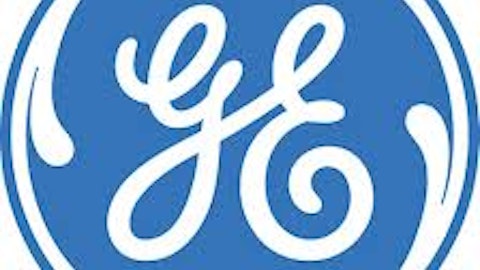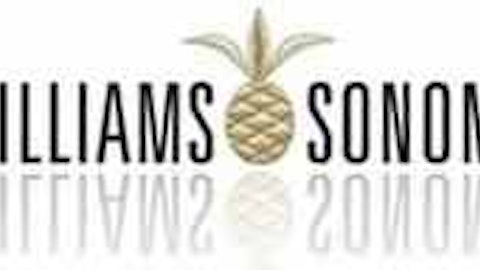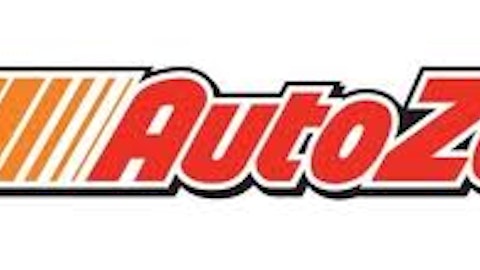
The company has a number of positive drivers behind it. It marries a recovering housing market with the spending power of the high-end consumer and a collection of ongoing operational improvements along with new category launches. In summary, it is well worth a look for anyone wanting to get exposure to the sector.
Restoration Hardware Holdings Inc (NYSE:RH) upgrades
Before going into details, I want to outline the changes to guidance. Note that these changes were made on May 10, having been previously been issued on April 18.
1). Q1 Revenue guidance of $295 million-300 million versus $280 million-285 million.
2). Q1 adjusted diluted EPS guidance of $0.02 to $0.04 versus $(0.02) to break-even.
3). Q1 Adjusted net income guidance of $900,000 to $1 million versus $(1) million to break-even.
4). The increase in Q1 guidance is expected to be incremental to the full year guidance, so start penciling in upgrades folks.
For the sake of clarity, the existing full year guidance is $1.42 billion -1.45 billion in revenue and $1.29-1.37 in adjusted EPS.
It’s an impressive hike and the company lost no time in announcing on the May 14 that it would launch a follow-on offering of 7.5 million shares to be sold by existing stockholders. The business appears to be firing on all cylinders, so what should investors look out for going forward?
Restoration Hardware Holdings Inc (NYSE:RH)’s growth drivers
I’ve previously discussed the stock in an article linked here which should give some good background reading. Regarding its growth drivers for 2013, I have a few bullet points
1). Increasing the number of its full line galleries
2). Growth from new business launches such as RH Tableware and RH Objects of Curiosity
3). Opening of distribution centers in order to increase capacity and improve service
4). Expanding its baby and child offerings
5). Developing its contemporary art offerings
It’s worth noting that despite the 30% increase in net revenue in Q4, gross margins actually fell 200 bps to 36.5%. This is largely a consequence of the increase in lower margin furniture sales as part of overall revenue. Going forward, investors should look to initiatives like the new business and, in particular, the contemporary art offerings to increase margins as they contribute more as a share of revenue. No matter the revised Q1 guidance implies 35%-38% revenue growth.
With that said, the key to its growth will be the increasing number of full line galleries. I note that previously, the company argued that only 25% of its current assortment was being displayed in retail galleries, but it recently quoted a figure of 20% (and below 15% if baby and child categories were included).
The opportunity is to expand retail space (via full line galleries) and maximize the potential in its overall assortment. Indeed, it declared that the first three full line galleries in LA, Scottsdale and Houston were outperforming expectations, and with new galleries being opened this year, we can expect more of the same.
What the Industry is saying
It is certainly not alone in reporting good numbers, although I note that other companies have differing operational improvements planned in order to benefit from an improving housing market. For example Pier 1 Imports, Inc. (NYSE:PIR) is following a strategy of expanding its e-commerce activities and in store point of sales systems in order to drive new channel growth. Meanwhile its Q4 same-store sales numbers came in at an impressive 7.5%. My longer term concern here would be that its e-commerce activities might cannibalize its in-store offerings and place extra pressure on it to innovate in order to achieve product differentiation.



